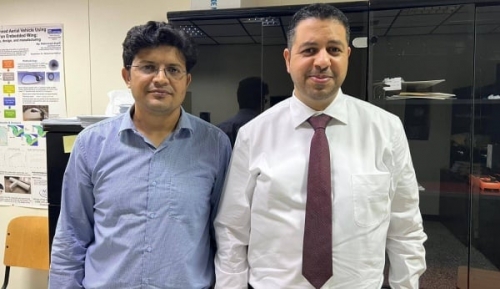UoB Study Develops AI Model to Reduce Aircraft Fuel Consumption by 10%
TDT | Manama
The Daily Tribune - www.newsofbahrain.com
A groundbreaking study conducted at the University of Bahrain (UoB) has developed an AI model capable of reducing average fuel consumption during aircraft takeoff by over 10%. This innovation has the potential to significantly impact operational costs and carbon emissions in the aviation industry.
Ahmed Khalil Al Owainaty, a PhD researcher in Mechanical Engineering at the university's College of Engineering, utilised the power of genetic algorithms, neural networks, and machine learning as part of artificial intelligence (AI) techniques to optimise takeoff and landing paths. This optimisation aims to minimise fuel consumption, carbon dioxide emissions, maintenance costs, and operational costs for Airbus A320 aircraft.
Al Owainaty's dissertation, titled "Optimising Takeoff and Landing Path for Airbus A320 Aircraft Using Artificial Intelligence Techniques," explored 17 variables and was recently presented as part of the requirements for obtaining a PhD in Mechanical Engineering from the University of Bahrain's College of Engineering.
"We modelled the takeoff process of Airbus A320 aircraft, taking into account aircraft weight, temperature, wind speed and direction, and various other factors such as airport runway elevation, using AI techniques like machine learning and neural networks," explained Al Owainaty. "The model was then used to optimise takeoff and landing paths at several airports using a genetic algorithm."
He further elaborated that the model's experiments were conducted through virtual simulation at three airports in the region, yielding positive results.
The experiments were subjected to risk assessments arising from the use of AI technologies in optimising takeoff and landing operations. The study also explored ways to mitigate these risks, allowing for the practical implementation of the genetic algorithm while minimising the impact of these risks to the lowest possible level, in accordance with the standards of the US Federal Aviation Administration.
Related Posts

